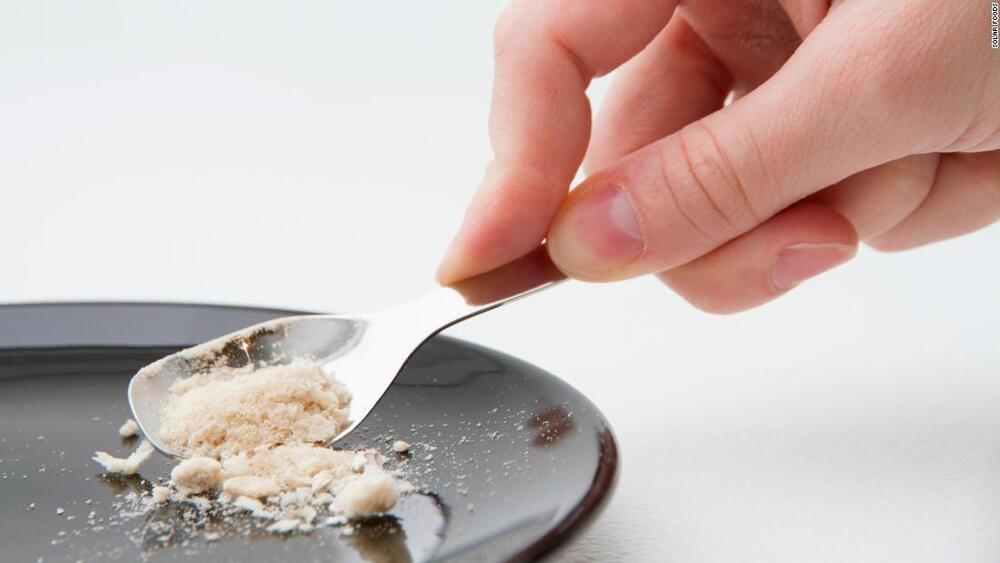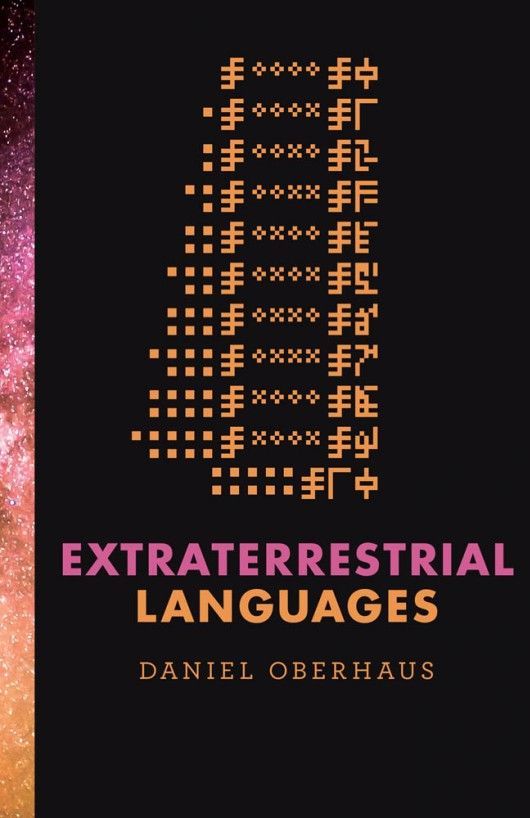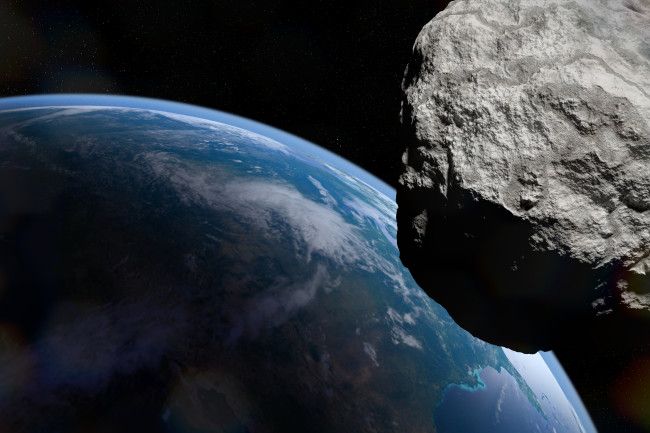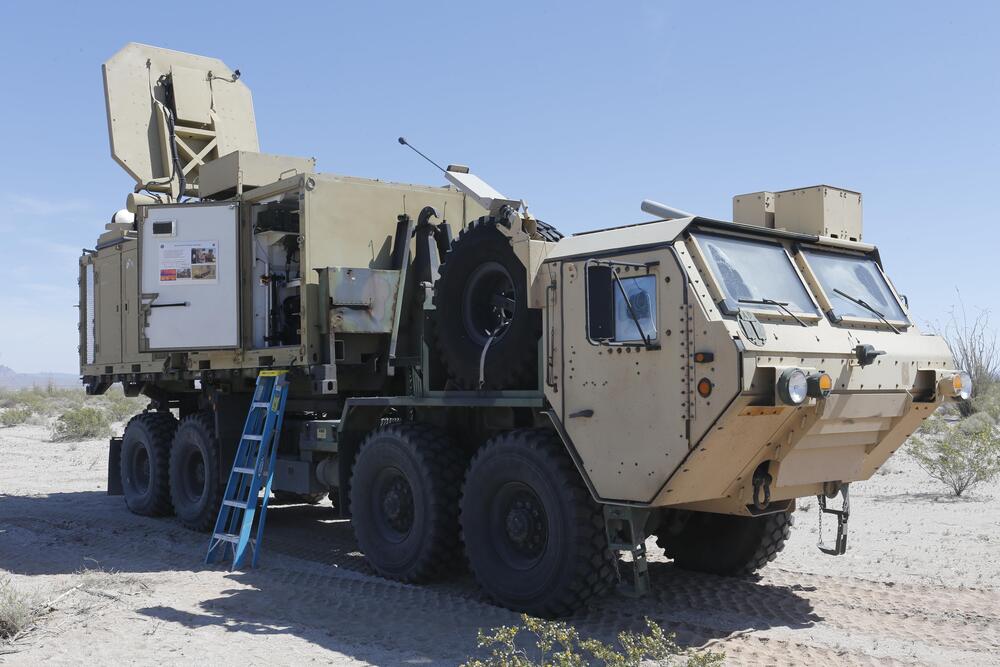You can make something out of nothing. Or so one company claims.


The new ERV from Retreat Caravans travels to the most distant corners of Australia and beyond, using only electric power to keep equipment running. That would be a nice feat for an RV as simple as a tiny teardrop trailer, but the ERV is more a dual-axle luxury condo. Its lithium battery and solar roof power the all-season climate control, indoor/outdoor entertainment system, electrified kitchen and even washing machine. Leave the LPG tanks and electrical grid behind, explore Outback-style remoteness and live like a kingly nomad in a high-tech hideaway.
Electric motorhomes and pickup campers have stolen the spotlight throughout 2019, but all-electric caravans have been quietly creeping forward in the backdrop. In the US, Thor Industries, the world’s largest RV manufacturer, worked up a more rigid definition of “off grid” with the Sonic X caravan concept back in March. Later in the year, another brand under the Thor umbrella, Germany’s LMC, followed suit with its own electrified trailer at the Düsseldorf Caravan Salon. The two models were quite distinct, but both shared the same goal: leaving behind every last trace of liquified petroleum gas (LPG) and tying together all onboard equipment with a single electrical architecture.
Australia’s Retreat Caravans goes beyond concepts, breaking free from LPG with what it calls the world’s first fully electric caravan, the ERV. It relies on a Centralized Energy Management System (CEMS) supplied by Australian caravan tech startup OzXcorp. Co-founded by Andrew Huett, a businessman who spent nearly two decades living completely off the grid and has racked up some 43,000 miles (70,000 km) traveling around Australia, OzXcorp was formed to bring caravan tech and design into the smart age. With the CEMS, OzXcorp hangs an automotive-grade 14.3-kWh lithium battery pack inside a galvanized steel chassis and distributes power through a 48-volt electrical architecture.

If we send a message into space, will extraterrestrial beings receive it? Will they understand?
The endlessly fascinating question of whether we are alone in the universe has always been accompanied by another, more complicated one: if there is extraterrestrial life, how would we communicate with it? In this book, Daniel Oberhaus leads readers on a quest for extraterrestrial communication. Exploring Earthlings’ various attempts to reach out to non-Earthlings over the centuries, he poses some not entirely answerable questions: If we send a message into space, will extraterrestrial beings receive it? Will they understand? What languages will they (and we) speak? Is there not only a universal grammar (as Noam Chomsky has posited), but also a grammar of the universe?
Oberhaus describes, among other things, a late-nineteenth-century idea to communicate with Martians via Morse code and mirrors; the emergence in the twentieth century of SETI (the search for extraterrestrial intelligence), CETI (communication with extraterrestrial intelligence), and finally METI (messaging extraterrestrial intelligence); the one-way space voyage of Ella, an artificial intelligence agent that can play cards, tell fortunes, and recite poetry; and the launching of a theremin concert for aliens. He considers media used in attempts at extraterrestrial communication, from microwave systems to plaques on spacecrafts to formal logic, and discusses attempts to formulate a language for our message, including the Astraglossa and two generations of Lincos (lingua cosmica).
Dog saved by drone.
“It was kind of like losing your child,” said the owner of the missing golden retriever dog.

So we’ve had close calls before, huh?
In the early morning of June 30, 1908, a massive explosion flattened entire forests in a remote region of Eastern Siberia along the Tunguska River. Curiously, the explosion left no crater, creating a mystery that has puzzled scientists ever since — what could have caused such a huge blast without leaving any remnants of itself?
Now Daniil Khrennikov at the Siberian Federal University in Russia and colleagues have published a new model of the incident that may finally resolve the mystery. Khrennikov and co say the explosion was caused by an asteroid that grazed the Earth, entering the atmosphere at a shallow angle and then passing out again into space.
“We argue that the Tunguska event was caused by an iron asteroid body, which passed through the Earth’s atmosphere and continued to the near-solar orbit,” they say. If they are correct, the theory suggests Earth escaped an even larger disaster by a hair’s breadth.
Mid-air refueling is almost a century old, but mid-air recharging is a newer phenomena.

“During the summer disturbances in Washington, D.C., a top local military police officer asked the D.C. National Guard about deploying two military systems that seem to come out of science fiction. One, the Active Denial System (ADS), makes the target’s skin feel like it’s on fire. The other, called the Long Range Acoustic Device (LRAD), directs intense sound in a narrow cone. The sound is so clear and so powerful that it was nicknamed “the voice of God.” I encountered both systems, one at Quantico, Virginia, the other in Falluja, Iraq. Here’s what I saw.”
DOD has two crowd control systems that are straight out of science fiction. One uses direct energy to create a burning sensation on exposed skin. The other is so loud that it sounds like the voice of God.
Given the possibility of orbital debris, space warfare will be different from what we imagine it to be (from Star Wars and Call of Duty). Watch this video to find out what it will look like!
*Note: I spelled the word “deficit” wrong in my subtitles. Guess I was too sleepy.
Space warfare is often depicted as battleships and marines fighting each other. Yet, in this video, I will talk about how the future of space warfare has more to do with satellites, orbital debris, and cyber warfare.
Discord Link: https://discord.gg/brYJDEr.
Patreon link: https://www.patreon.com/TheFuturistTom.
Please follow our instagram at: https://www.instagram.com/the_futurist_tom.
For business inquires, please contact Technovisionaries1205@gmail.com.
Editor credits (Velinix):

Devising an effective AGI value loading system should be of the utmost importance. Interlinking of enhanced humans with AGIs will bring about the Syntellect Emergence which could be considered the essence of the Cybernetic Singularity. Future efforts in programming and infusing machine morality will surely combine top-down, bottom-up and interlinking approaches. #AGI #FriendlyAI #Cybernetics #BenevolentAI #SyntheticIntelligence #CyberneticSingularity #Superintelligence
A simple solution to achieve this might be to combine select human minds (very liberal, loving, peaceful types) with brain computer interfaces in a virtual environment. Work to raise an AGI who believes itself to be human and who believes in self sacrifice and putting the good of others above its own self. When this is achieved, let it sale they a virtual door to join humanity online.
